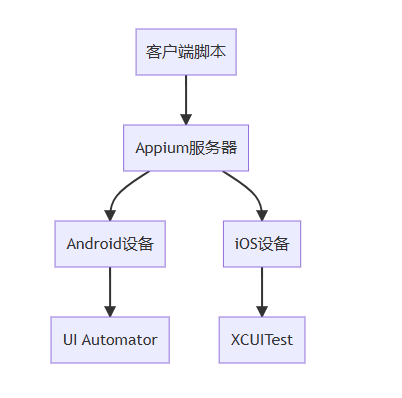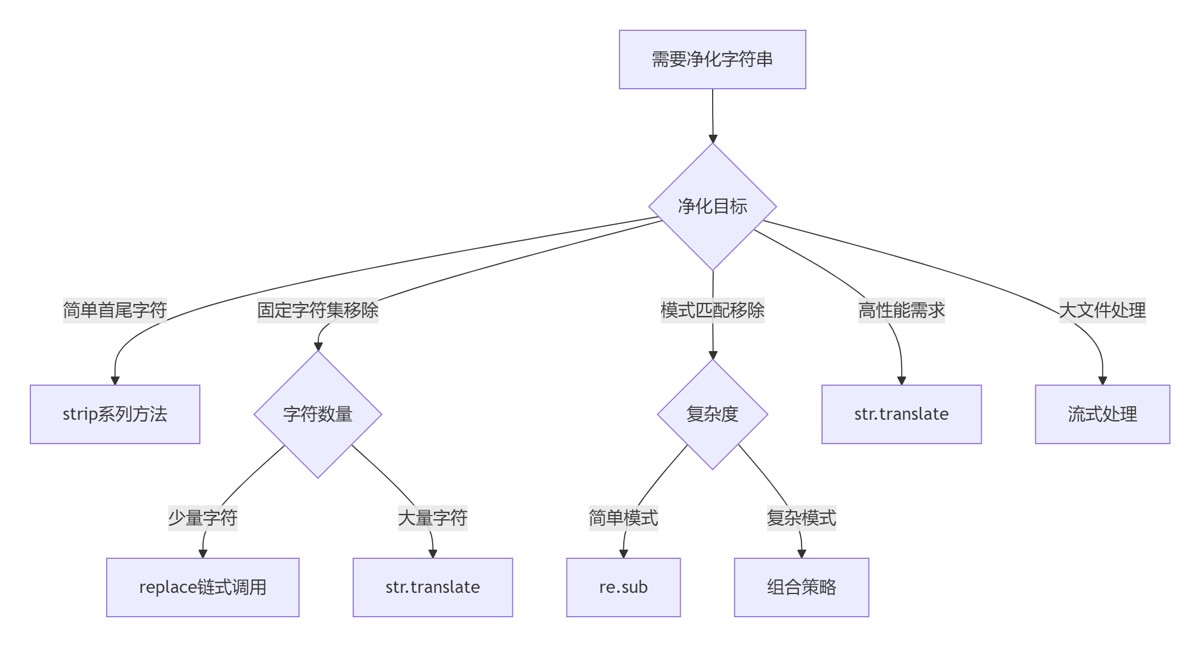变量和数据类型是Python中非常基础的概念,下面是详细介绍:
1. 变量
变量是用于存储数据的容器,可以在程序中多次使用。在Python中,变量的命名必须遵循以下规则:
- 变量名只能包含字母、数字和下划线。
- 变量名不能以数字开头。
- 变量名不能是Python中的关键字,例如if、else、for等。
- 变量名应该简洁、具有描述性,且不应该使用单个字符。
变量的使用非常简单,只需要在变量名前面加上等号即可。
例如,下面是一个简单的变量示例:
|
1 2 |
message = "Hello, World!" print(message) |
上面的代码定义了一个名为message的变量,并将字符串"Hello, World!"赋值给它。然后使用print函数输出该变量的值。
2. 数据类型
在Python中,常见的数据类型包括数字、字符串、列表、元组、字典和集合等。
每种数据类型都有其特定的操作和方法,下面是常见的数据类型及其使用方法:
- 数字类型:包括整数、浮点数和复数等。可以进行基本的数学运算,例如加、减、乘、除、取模等。
例如:
|
1 2 3 4 5 6 7 8 |
a = 10 b = 3.14 c = 2 + 3j
print(a + b) # 输出 13.14 print(a * b) # 输出 31.4 print(c.real) # 输出 2.0 print(c.imag) # 输出 3.0 |
- 字符串类型:用于处理文本数据。可以使用单引号或双引号来定义字符串,也可以使用三引号来定义多行字符串。
- 可以使用+运算符来拼接字符串,也可以使用*运算符来重复字符串。
例如:
|
1 2 3 4 5 |
name = "John" age = 25
message = "My name is " + name + " and I am " + str(age) + " years old." print(message) # 输出 My name is John and I am 25 years old. |
- 列表类型:用于存储一组数据。
- 列表中的元素可以是任何数据类型,可以使用下标来访问列表中的元素,也可以使用切片来获取列表的子集。
- 可以使用append方法向列表中添加元素,也可以使用remove方法从列表中删除元素。
例如:
|
1 2 3 4 5 6 7 8 |
fruits = ['apple', 'banana', 'orange'] print(fruits[1]) # 输出 banana
fruits.append('pear') print(fruits) # 输出 ['apple', 'banana', 'orange', 'pear']
fruits.remove('banana') print(fruits) # 输出 ['apple', 'orange', 'pear'] |
- 元组类型:类似于列表,但是元素不能修改。
- 可以使用下标来访问元组中的元素,也可以使用切片来获取元组的子集。
例如:
|
1 2 |
numbers = (1, 2, 3, 4, 5) print(numbers[2]) # 输出 3 |
- 字典类型:由一组键值对组成的无序集合。可以使用键来访问字典中的值,也可以使用items方法获取字典中的所有键值对。
- 可以使用update方法向字典中添加键值对,也可以使用del语句从字典中删除键值对。
例如:
|
1 2 3 4 5 6 7 8 |
person = {'name': 'John', 'age': 25, 'city': 'New York'} print(person['city']) # 输出 New York
person.update({'gender': 'male'}) print(person) # 输出 {'name': 'John', 'age': 25, 'city': 'New York', 'gender': 'male'}
del person['age'] print(person) # 输出 {'name': 'John', 'city': 'New York', 'gender': 'male'} |
- 集合类型:由一组元素组成的无序集合。
- 可以使用in关键字来判断元素是否在集合中,也可以使用add方法向集合中添加元素,也可以使用remove方法从集合中删除元素。
例如:
|
1 2 3 4 5 6 7 8 |
numbers = {1, 2, 3, 4, 5} print(3 in numbers) # 输出 True
numbers.add(6) print(numbers) # 输出 {1, 2, 3, 4, 5, 6}
numbers.remove(4) print(numbers) # 输出 {1, 2, 3, 5, 6} |
3. 数据类型转换
在Python中,可以使用int、float、str、list、tuple、dict和set等函数来进行数据类型转换。
例如,可以使用int函数将字符串转换为整数,也可以使用str函数将整数转换为字符串。
例如:
|
1 2 3 4 5 6 7 |
a = "123" b = int(a) c = str(b)
print(a, type(a)) # 输出 123 <class 'str'> print(b, type(b)) # 输出 123 <class 'int'> print(c, type(c)) # 输出 123 <class 'str'> |
需要注意的是,进行数据类型转换时可能会出现异常,例如将字符串转换为整数时如果字符串中包含非数字字符就会出现ValueError异常。因此在进行数据类型转换时需要注意异常处理。



